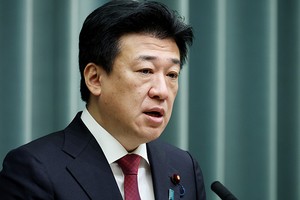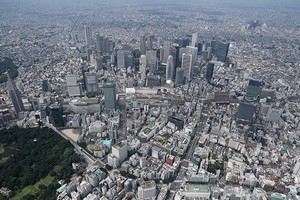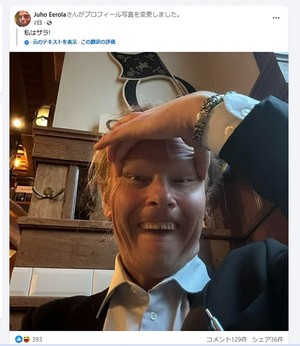By TOSHIO ISHIMOTO/ Staff Writer
December 16, 2024 at 17:54 JST
 Preschoolers post their own handwritten New Year’s cards in Kanazawa, Ishikawa Prefecture, on Dec. 15. (Shinya Kashimura)
Preschoolers post their own handwritten New Year’s cards in Kanazawa, Ishikawa Prefecture, on Dec. 15. (Shinya Kashimura)
More than half of respondents―57 percent―said they would not send New Year’s cards by mail this year, according to an Asahi Shimbun survey.
In a similar poll conducted five years ago, only 33 percent of respondents said they would not send out any greeting cards.
The telephone survey, carried out on Dec. 14 and 15, showed that 42 percent of respondents intend to send New Year’s cards this year, a sharp decline from 64 percent in 2019.
Of those planning to send cards, 25 percent will send 20 cards or fewer, slightly up from 24 percent in 2019.
Twelve percent intend to send between 21 and 50 cards, while 3 percent plan to send 51 to 100 cards. Only 1 percent will send between 101 and 200 cards, and another 1 percent will send more than 200. All these numbers have dropped compared to 2019.
By age group, 18- to 29-year-olds are the least likely to send cards, as 78 percent said they would not.
Meanwhile, respondents in their 60s are the most likely to send cards, as only 42 percent said they would not.
The survey also asked whether respondents feel that digital New Year’s greetings via social media or email are sufficient to replace traditional cards. Fifty-eight percent agreed, while 35 percent did not.
Among those who considered digital greetings sufficient, 69 percent said they would not send New Year’s cards. Agreement was especially high among younger respondents, with 80 percent of those age 18 to 29 and 69 percent of those in their 30s expressing this view.
The survey used the RDD method, in which computers randomly generate landline and cellphone numbers, which pollsters then call.
A total of 1,049 valid responses were collected.
For landlines, 420 valid responses were received out of 933 households identified as having a voter. The response rate was 45 percent.
For cellphones, 629 valid responses were tallied out of 1,523 cases in which a voter was called. The response rate was 41 percent.




















A peek through the music industry’s curtain at the producers who harnessed social media to help their idols go global.
A series based on diplomatic documents declassified by Japan’s Foreign Ministry
Here is a collection of first-hand accounts by “hibakusha” atomic bomb survivors.
Cooking experts, chefs and others involved in the field of food introduce their special recipes intertwined with their paths in life.
A series about Japanese-Americans and their memories of World War II